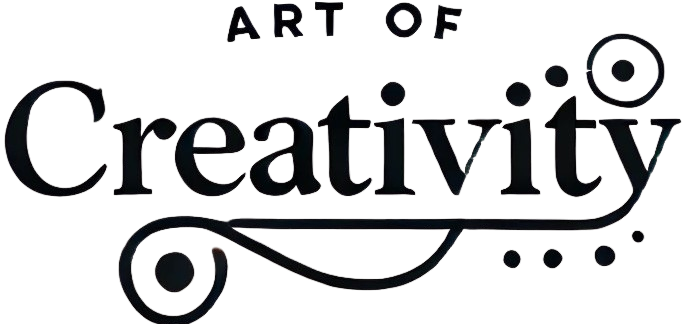What is a good intermediate violin?

If your child has been practicing and learning enthusiastically, it might be time to invest in a new instrument. Violin specialists are able to assist if your kid has been playing the violin for a few years and you’re trying to know whether they’ve outgrown their new instrument because they’re ready for something a little better.
It can be daunting for parents to decide how much of a step or commitment they can make at this point in their child’s musical education – how well does their next violin need to be, and what price and quality factors should they consider?
Usually, after a beginner’s violin, parents will opt for an intermediate violin. Yes, it is a category and it falls behind professional violins.
Violins graded as intermediate bridge the distance between student and professional musicians. Some retailers and labels do not have this type, instead distinguishing only between student and expert violins.
It is, though, a useful category for musicians who know they need something more advanced than a beginner violin but aren’t willing to spend thousands of dollars on a professional violin. Intermediate violin buyers are usually students who are improving their skills.
Here are some points to consider while buying an intermediate violin:
The Size.
Violins are available in nine different sizes. Adults (generally aged 11 and up) can play on a full-sized violin. 3/4, 1/2, 1/4, 1/8, 1/10, 1/16, and 1/32 violins are available for children. A 4/4 size violin is also known as a full-sized violin.
A young violin player can be measured in two respects. Measure from the base of the neck to the wrist or the middle of the palm with the student’s left arm completely extending away from his or her torso. If your child has a violin teacher, you can inquire about their preferred form. The student’s most convenient size would be determined by the neck-to-wrist scale. The largest instrument would be determined by the neck-to-palm ratio.
Hear the Sound and Check the Tone.
When they perform, many students get very acquainted with the sound they are hearing. And if the sound isn’t as stunning as it should be, they’ve become used to it and begin to believe it is the “right” sound. This may indicate that they are turned off by a pleasant-sounding instrument since it is different from what they are used to. To actually realize what a good tone sounds like, they may need a lot of reassurance from their instructor and others.
When it comes to upgrading your instrument, make sure to listen to anything that’s out there, even though it’s out of your price range. This will give you and your child a sense of the tone they’re aiming for, which is usually a much larger, more adult voice. This will assist you in purchasing the best-sounding intermediate violin under your budget.
Mingle with the Strings
Strings begin to play a much larger role in the production of sound as you progress to a higher level of instrument. The thickness or material of the strings may influence the tone you make while playing, such as the sweetness or brightness of the pitch.
Intermediate violins may have higher-quality strings mounted, so if you’re looking to move to a professional string, ask the team member who is assisting you for their personal advice.
Check the Bow.
In terms of bows, they must have good weight, stability, and balance between the frog and tip. This is not always easy to determine and necessitates some practice with the bow. It will strain your hand and even inflict injuries if it is too strong. It can be difficult to create a large sound if it is too light.
It would feel less nimble in your hands if it is either too soft or too rigid. Advanced bow strokes such as spiccato (bouncing bow), sautille (extremely rapid bouncing bow), ricochet (bouncing several times on a down bow or up bow), and other strokes would be difficult to perform if it is not balanced.
To conclude, If you think you’re ready to update, make sure you know how to evaluate an instrument’s sound, reaction, projection, and other characteristics. Use your knowledgeable peers and mentors to assist you.

